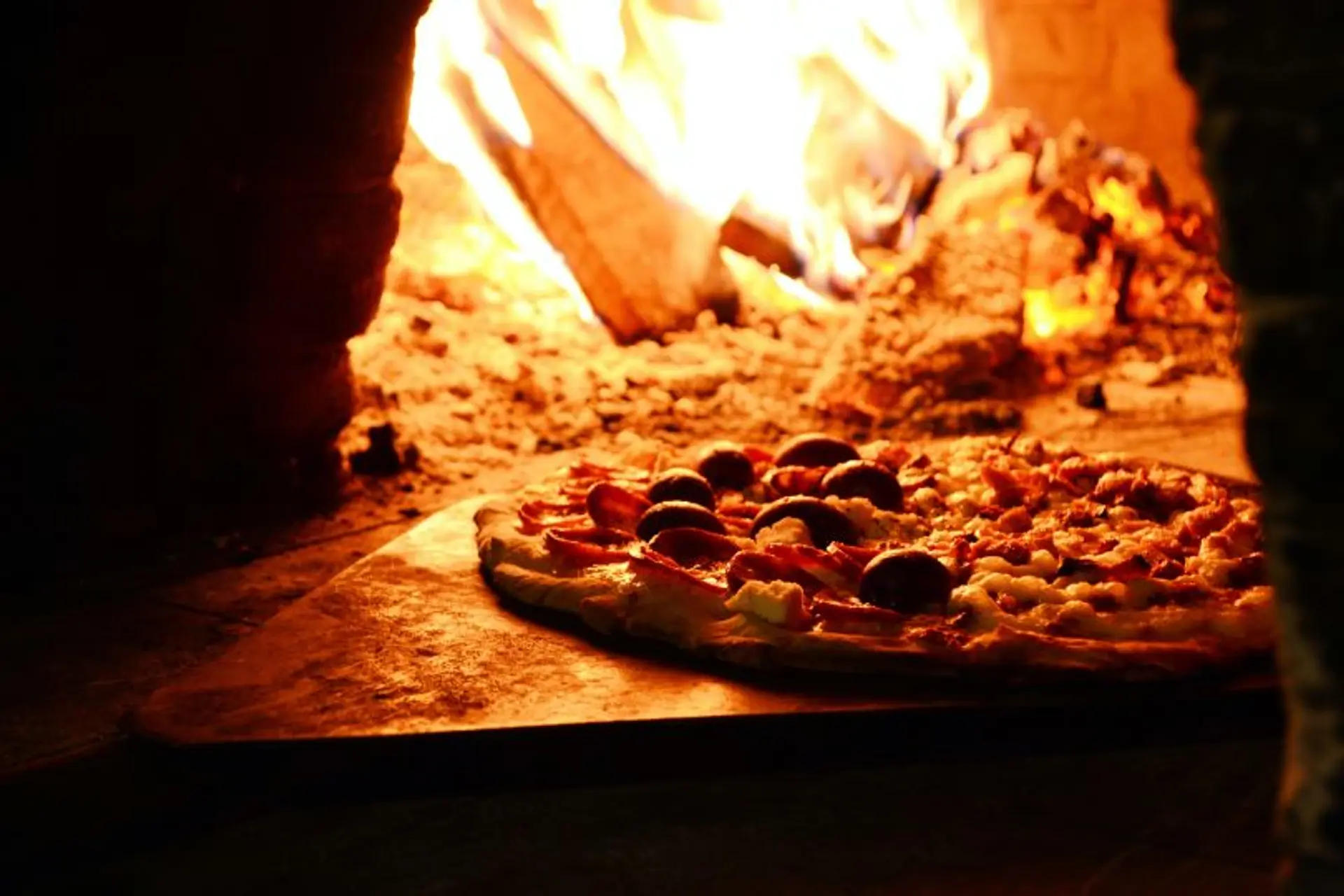How Your Favourite Pizza Has Evolved Over Time
Updated:

Table of Contents
Ever been curious to know about the origin of the modern day pizza – how it came to be and some of its original toppings? As random as it may look like, pizza has a vibrant history. Pizza as we know it today has been around for three or so centuries. As early as the 3rd century, our forefathers would blend bread with varieties of toppings. So, we could trace pizza roots back to ancient times.
Let’s look at how pizza has evolved and adapted to different cultures over time.
During the ancient days
Flatbreads dressed with all sorts of toppings have been around before the Naples days. Since the old days, different cultures worldwide flavoured pies with varieties of toppings.
Around the 1st millennium B.C. Archaeologists would find flattened bread remains in Sardinia.
1st Century B.C. Archaeologists found excavations in Pompeii and nearby Naples areas, suggesting the locals ate pizza.
Around the 6th century B.C. In ancient Persia, soldiers would bake flatbreads topped with cheese and dates.
The Ancient Greeks had what they called 'plakous' – a flatbread dressed with garlic, cheese, onion, and herbs.
Before the rise of the Roman Empire in northern Italy, there was 'Focaccia'. This was a type of flat, leavened bread topped with olive, honey and herbs. For the rich people, Pork was also a desired choice. Also, there was "pinsa" in ancient Roman times. Pinsa was a type of bread topped like pizza but was oval with a thinner crust.
During the Naples Days: early 1700s
Today’s Pizza's remarkable journey can be traced back to Naples during the 1700s and early 1800s. Natives wanted an affordable dish they could eat on the go. That turned out to be Pizza.
Neoplitans came up with this version of pie that used tomatoes as toppings. By the 18th century, tomatoes had become a delicacy Europeans discovered the fruit wasn’t poisonous. Tomatoes would become the main ingredient in flat breads and other dishes.
When Neapolitans started to dress their pie with tomatoes, it was the turning point for pizza. Other tasty garnishes added included garlic, olive oil, cheese and herbs.
Flatbread dressed with tomatoes became a common delicacy, particularly among the peasants. It became a favorite food to people who wanted affordable and easy to prepare serving. Even tourists who come to visit Naple love it.
From there, pizza evolved into more varieties like:
Marinara pizza: This variety of pizza used Oregano, garlic and tomatoes as toppings.
Margherita pizza: This pizza used red-cherry tomatoes, mozzarella cheese, and herbs. Pizza Margherita goes back to the time when Queen Margherita of Italy visited Naples and got served with a savory pie. Raffel Esposito, an Italian chef, baked a pie for the visiting royal couple. Raffel made the pie to look like the Italian flag -- using basil leaves, mozzarella cheese, and tomatoes. This Italian customized pie became the Queens’ favorite. In honour of the Queen, the pie got the name Margherita.
By the 19th century, Pizza had established a household name all over Naples. Vendors would sell it on the streets. Also, all meals including breakfast, families would have a pizza. Friends and family would get together, and socialize while enjoying a drink and a slice of pizza. Also, more chefs would experiment with different toppings as pizza’s popularity skyrocketed.
The mega breakthrough
World War 2 and Italian migration contributed to the spread of pizza globally. Many Europeans, including Neapolitans were migrating to America to take up factory jobs. They introduced their culinary skills and recipes to towns they settled. Also, they began to sell pizza to non-Neapolitans and non-Italians. All over the neighbourhood where Italians settled, there were locals selling pizza.
Some Neapolitans who settled in places like New York and Chicago, would hawk pizza. The price would go for around two cents a slice. Soon, groceries and cafes started to hire the street vendors for in-house pizza jobs. Now, pizza would get to people from all walks of life visiting the stores or eateries.
Even so, Pizza didn’t get to reach a wider fan base until after World War 2. During the war, pizza became a favourite food to American soldiers. It was rich in calories and nutrients. When the war was over, the soldiers couldn’t forget Italian cuisine. Soon, Pizzeria bases popped up across different streets all around America.
When Franchise business began to take off post World War II, it gave way for restaurants to grow. Fast food joints popped up all over America, during the 1950s and 1960s.
With the rise of fast food joints selling fried chicken and burgers, it paved the way for a pizza franchise. It was then that Franchises like Domino and Pizza Hut were born.
Final Thoughts
From being a street food to becoming a Queen’s favourite, pizza has had a rich past as its vibrant flavours. Now that you have an idea of how the pizza game has evolved, you think about more what's in your favourite pizza. Ponder on this thought - pizza is as old as the Egyptian pyramids. Our forefathers have survived harsh times on nutrient-rich pizza pie.
